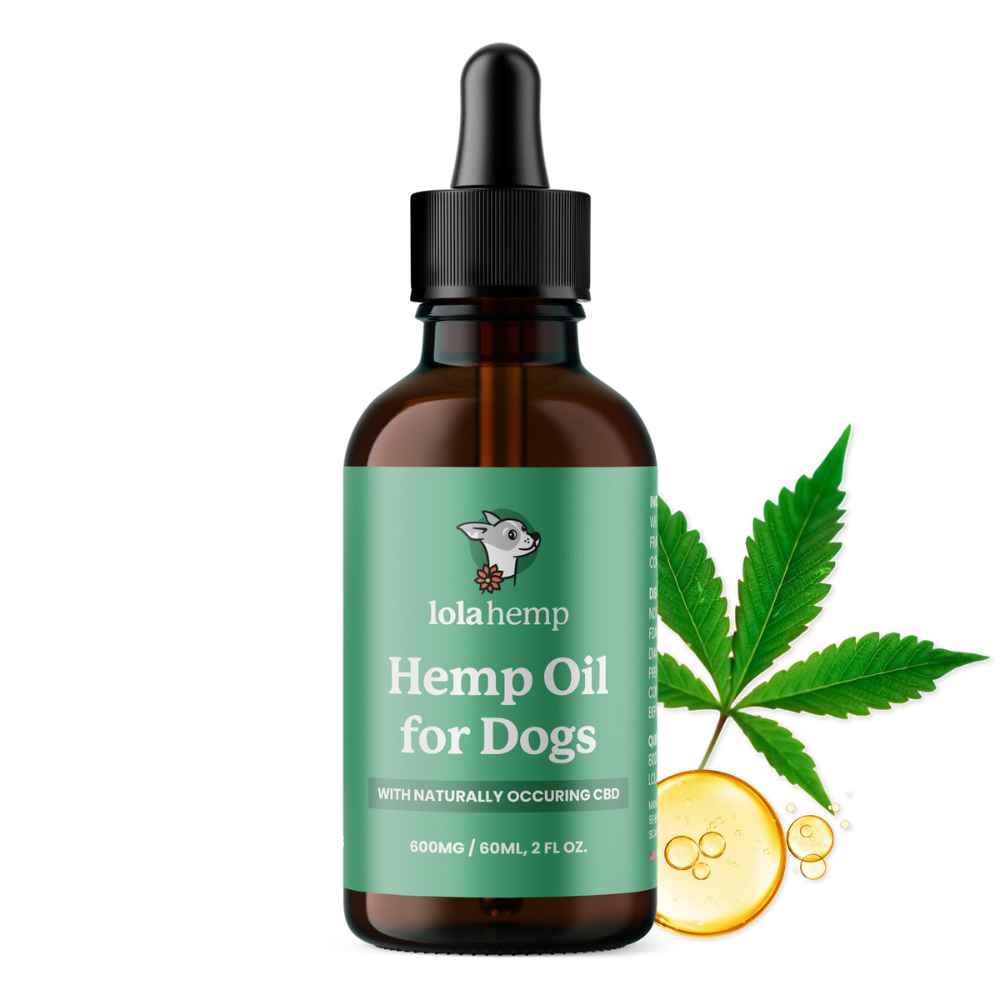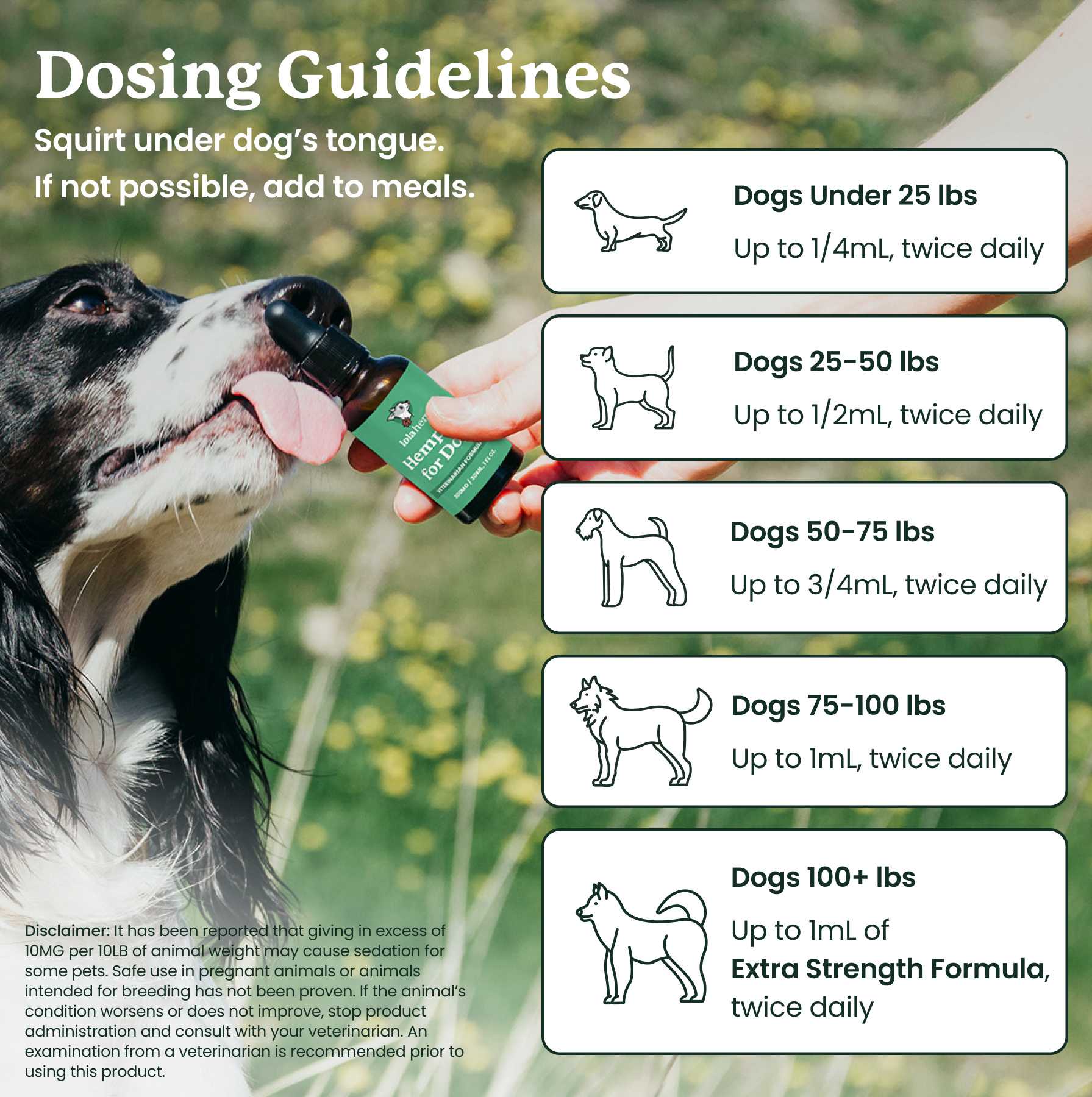Arnica oil, derived from the Arnica montana flower, is gaining attention in the pet wellness space for its soothing and potential anti-inflammatory properties. While it has a long history in traditional herbal medicine, like many other plants and herbs, its use for dogs must be approached with care.
When used properly in topical form, arnica oil can support healing and ease discomfort—especially for aging or active pets. Still, the active ingredient helenalin can be dangerous to dogs if they ingest too much, which is why the FDA has labelled Arnica as a potentially harmful herb for use in dogs.
What Is Arnica Oil?
Arnica montana, also known as wolf’s bane or leopard’s bane, is a flowering herb in the sunflower family. Its flowers are infused into carrier oils to create arnica oil, which is commonly used for external application to ease bruising, inflammation, and pain.
Many pet owners who use arnica on their dogs apply it topically. Again, it's important to keep an eye on the amount of arnica contained in the solution or product you're using.
Potential Benefits of Arnica Oil for Dogs
When used properly and in moderation, arnica oil may offer several supportive properties for dogs. It’s commonly applied topically to help soothe minor bruises or areas of discomfort, and some pet parents say it helps with swelling or general stiffness.
It’s also believed to encourage healthy circulation and support recovery after overexertion. In some cases, arnica is included in products aimed at promoting skin health and coat regrowth in areas that have been irritated or damaged.
Arnica naturally contains compounds like thymol, which are being studied for their potential antimicrobial and circulation-supporting effects. While a few studies have explored its similarities to NSAIDs in people, more research is needed to confirm how well these findings apply to pets.
How Arnica Oil Is Used in Pet Products
Arnica oil is commonly found in high-quality salves and creams for dogs, often paired with complementary ingredients like full-spectrum CBD, peppermint, or eucalyptus oil. Together, these ingredients can address multiple concerns including joint pain, bruising, skin irritation, and growths.
Is Arnica Oil Safe for Dogs?
Topically applied arnica oil is generally safe for dogs when used in appropriate dilutions. However, raw or undiluted arnica—especially when ingested—can be toxic. The compound helenalin in arnica has toxic properties when consumed in large amounts. That’s why it’s crucial to:
- Use only externally and avoid open wounds
- Choose products with proper dilution and pet-safe labeling
- Avoid use before surgery, as arnica can increase bleeding
Safety Tips for Buying Arnica Oil for Dogs
Because essential oils are not strictly regulated, always request a Certificate of Analysis (COA) when possible. Look for transparency in sourcing, purity, and third-party testing. Avoid synthetic blends or products with unverified ingredients. Quality control is key for safe and effective use.
Conclusion
When used responsibly, arnica oil can be a helpful tool in your dog’s natural wellness toolkit. It supports healing, soothes inflammation, and complements therapies like CBD for a synergistic effect. Just be sure to use products that are made for pets and formulated with care.
Arnica Oil for Dogs: FAQs
Is arnica oil safe for dogs?
Arnica oil is safe for dogs when applied topically in diluted form. However, it should never be ingested as it can be toxic in higher doses.
Can I use arnica oil on my dog’s open wounds?
No. Arnica oil should only be applied to unbroken skin. Using it on open wounds can increase irritation and risk of toxicity.
What happens if a dog ingests arnica oil?
Ingesting arnica oil can cause vomiting, drooling, or more serious symptoms like tremors or heart irregularities. Contact your veterinarian immediately if this happens.
Can arnica oil be combined with other natural remedies?
Yes, arnica oil is often combined with CBD, peppermint, or eucalyptus in pet-safe formulations, but combinations should always be approved by your veterinarian.
How should I choose an arnica oil product for my dog?
Look for pet-formulated arnica oils with third-party testing, COAs, and clear dilution information to ensure safety and effectiveness.










